Most Common Cyanotic Congenital Heart Disease
Most common cyanotic congenital heart disease. CHD is the most common type of birth defect and the leading cause of death in children with congenital malformations. Symptoms can vary from none to life-threatening. Congenital heart disease CHD are structural abnormalities of the heart or intrathoracic great vessels occurring during fetal development.
Signs and symptoms depend on the specific type of defect. ToF is the most common cyanotic heart defect but may not always become apparent immediately after birth. CHD does not cause chest pain.
Single ventricle with pulmonary stenosis. Heart defects CHDs are congenital cardiac. Part II - cyanotic heart defects.
CHD can be subdivided in non-cyanotic CHD. A congenital heart defect also known as a congenital heart anomaly and congenital heart disease is a defect in the structure of the heart or great vessels that is present at birth. VSD most common congenital heart defect of VSDs perimembranous is the most common TOF most common cyanotic right to.
Consensus on timing of intervention for common congenital heart diseases. Similar to previous studies we also found that TOF and its variant were the most common type with proportion of 405 among all congenital cyanotic heart diseases. Complete transposition of great arteries was the next most common cyanotic CHD with the prevalence of 114.
Those babies with tetralogy of Fallot and pulmonary atresia tend to be. Total anomalous pulmonary venous return. Transposition of the great vessels.
Or left atrium LA. A blue tinge to the skin cyanosis tiredness and rapid breathing when a baby is feeding.
Symptoms can vary from none to life-threatening.
1Department of Pediatrics Division of Pediatric Cardiology The University of Texas-Houston Medical SchoolChildrens Memorial Hermann Hospital 6410 Fannin Street UTPB Suite 425 Houston TX 77030 USA. Many other combined and infrequent anomalies such as. That commonly affect the atrial walls eg the right atrium. Transposition of the great vessels. Hypoplastic left heart syndrome. CHD does not cause chest pain. Symptoms can vary from none to life-threatening. The Centers for Disease Control reports cyanotic heart defects occurred in 569 per 100000 live births in the United States in 2005 with higher rates noted when maternal age exceeded 40 years. The most important cyanotic congenital heart defects can be remembered with the five Ts mnemonic.
CHD does not cause chest pain. Hypoplastic left heart syndrome. Total anomalous pulmonary venous return. Signs and symptoms depend on the specific type of defect. ToF is the most common cyanotic heart defect but may not always become apparent immediately after birth. When present symptoms may include rapid breathing bluish skin poor weight gain and feeling tired. The most common cyanotic congenital heart disease is tetralogy of Fallot which is twice as prevalent as transposition of the great arteries 47 vs.


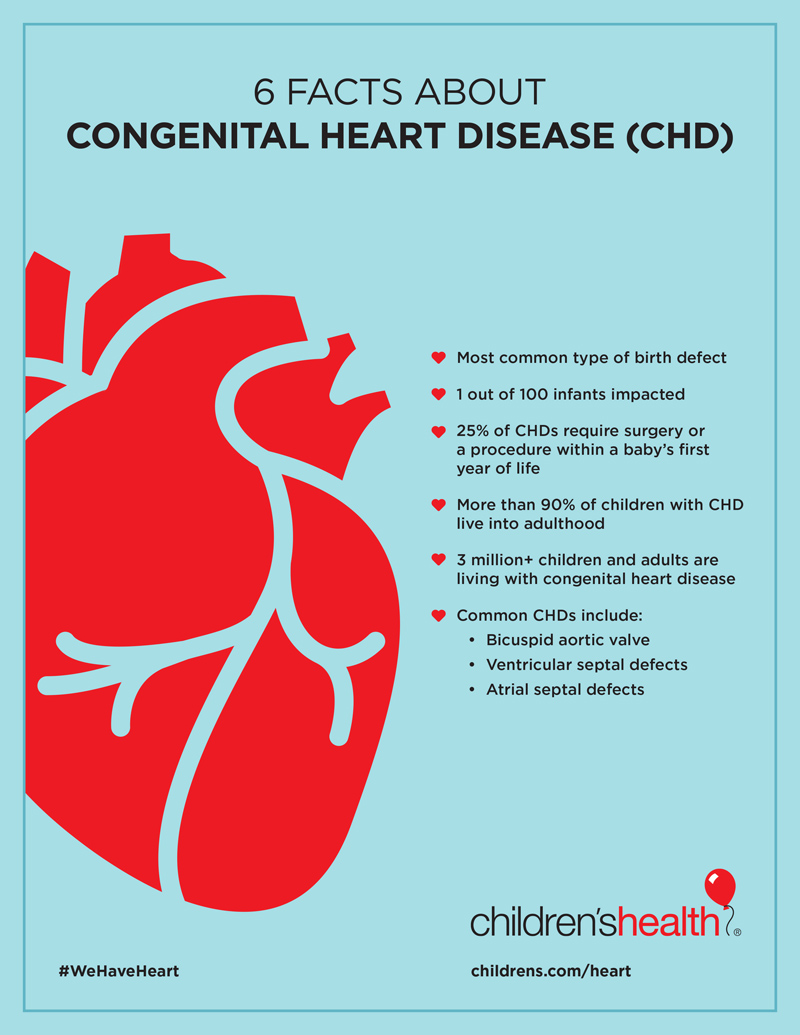







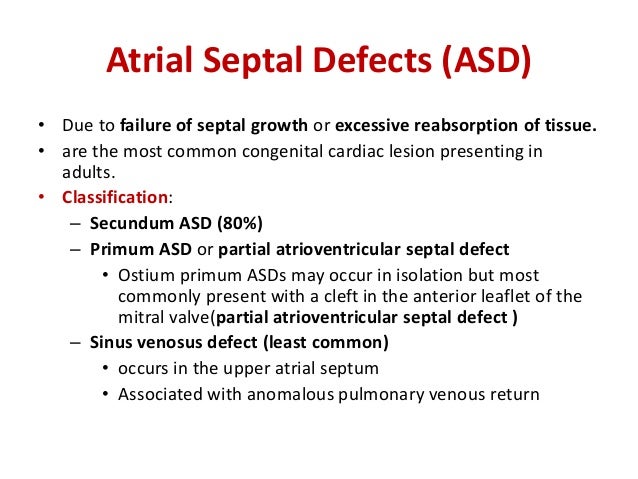



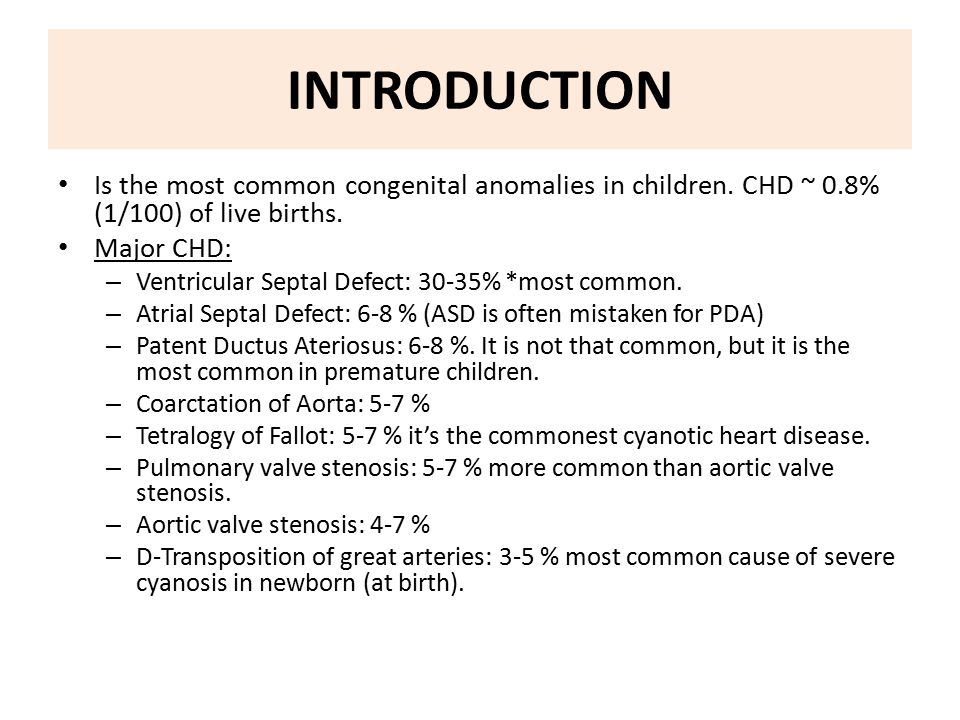
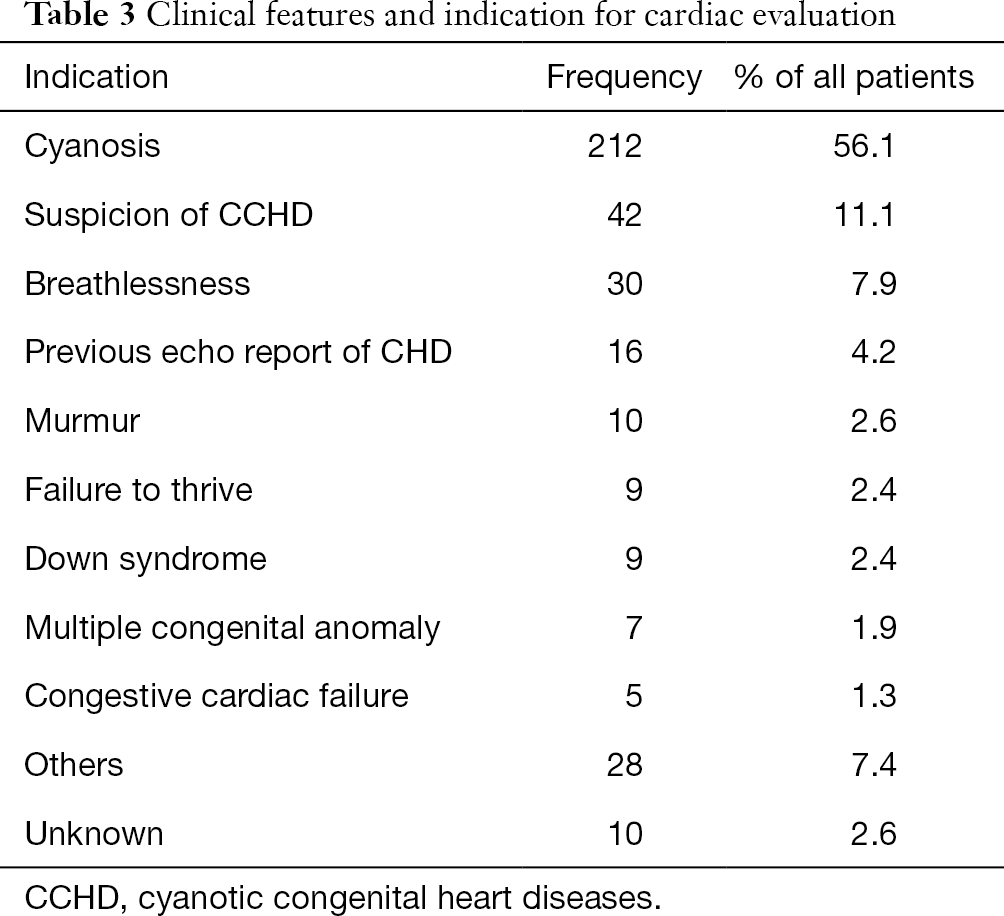

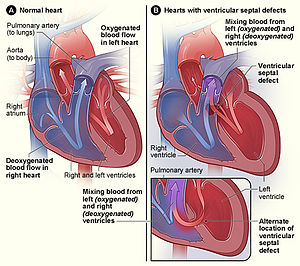
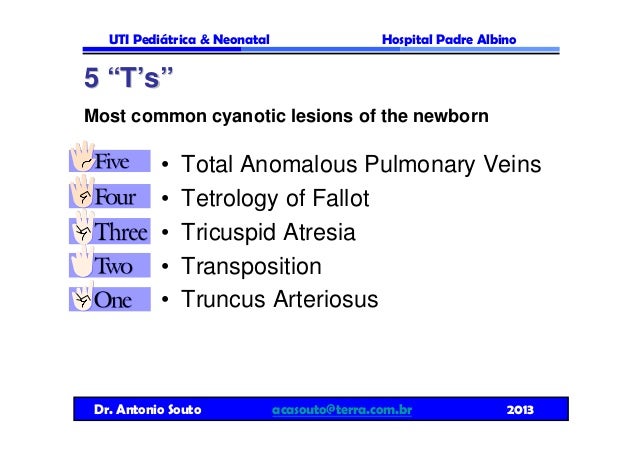


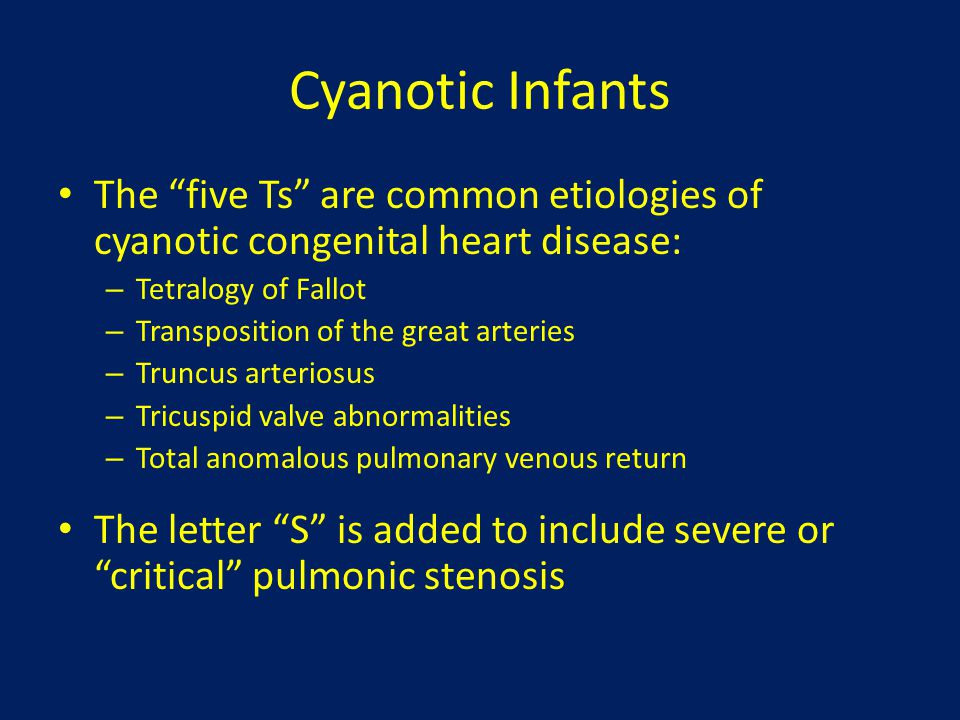
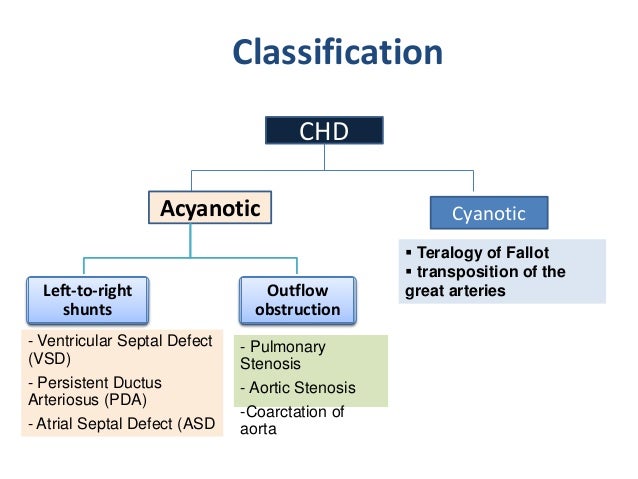






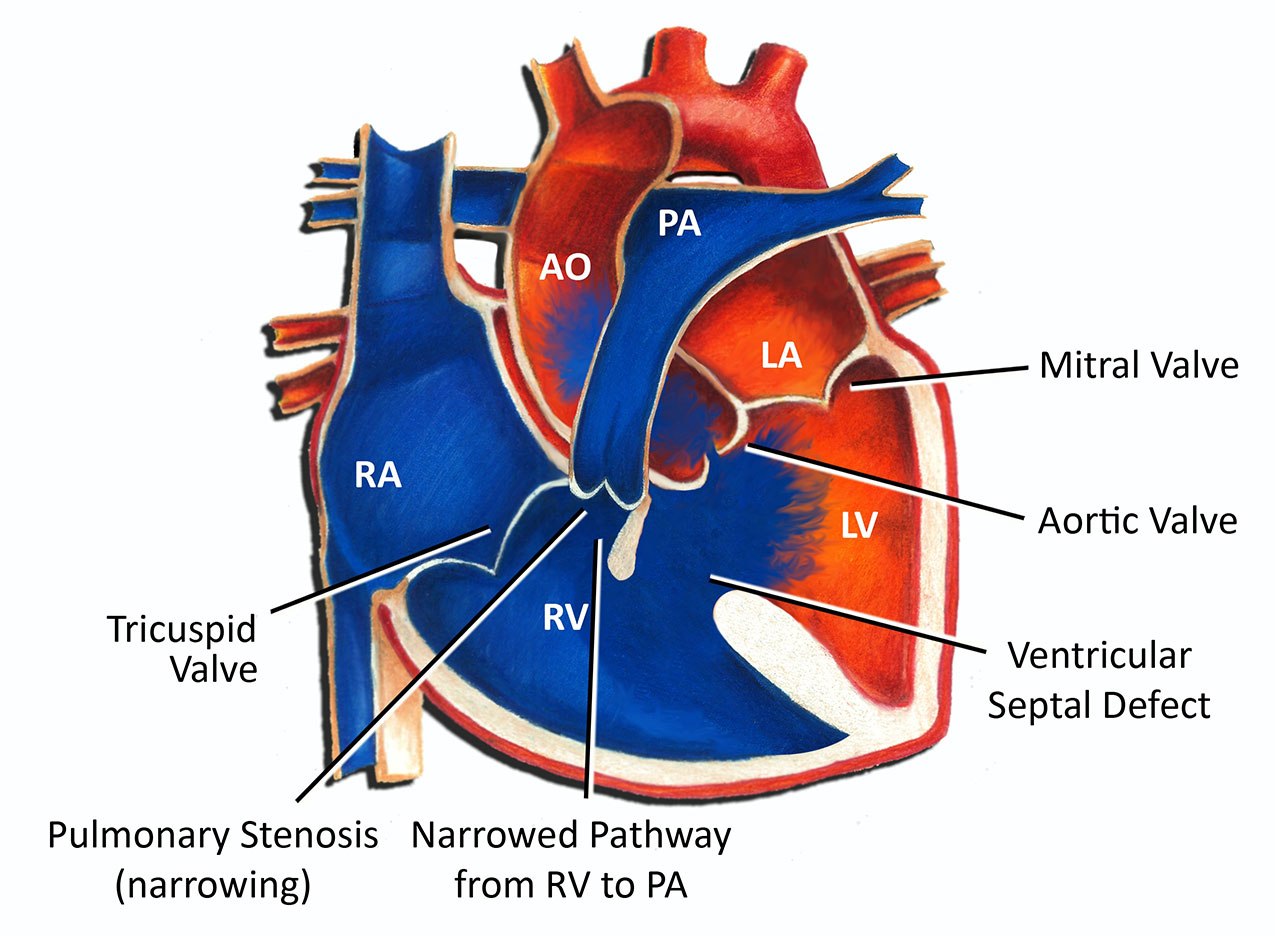
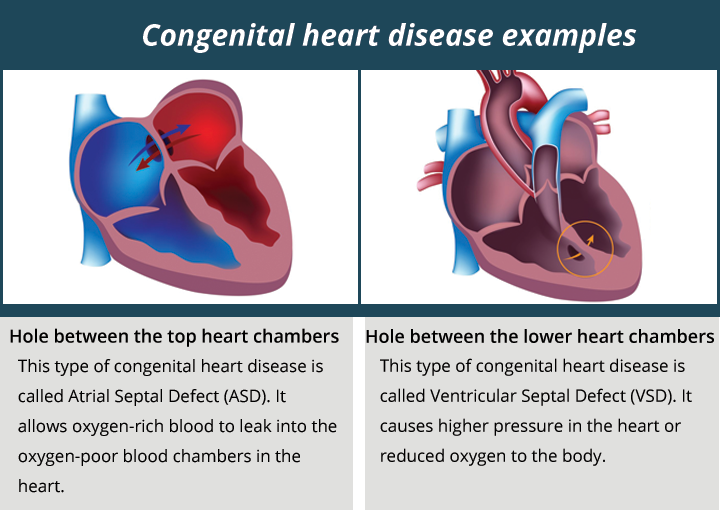
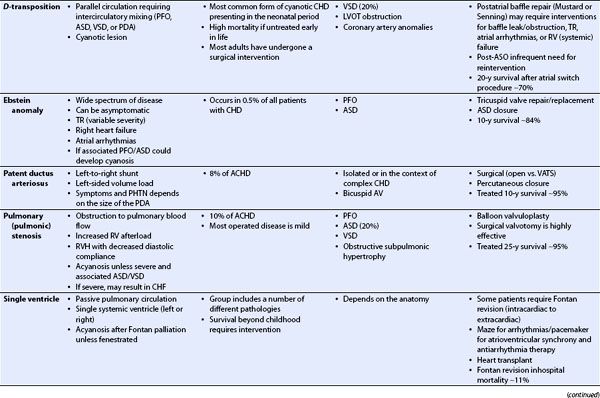










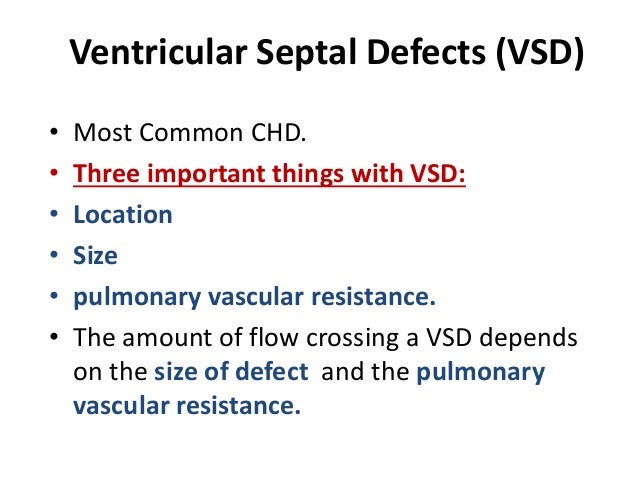




Post a Comment for "Most Common Cyanotic Congenital Heart Disease"